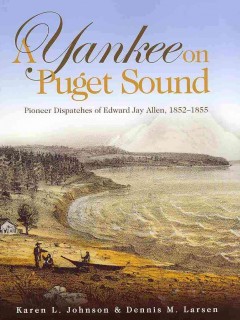While researching her book Gun Show Nation, WSU English Professor Joan Burbick joined the National Rifle Association, visited gun shows around the country, and steeped herself in the history of American gun culture. Looking beyond the romance of the West, of Buffalo Bill and the magazine American Rifleman, she found issues of race, gender relations, moral crusades, and political and financial concerns.
As someone who writes nonfiction exploring the character and culture of America, Burbick has studied rodeo queens, examined Henry David Thoreau’s efforts to integrate natural history with human history, and looked into the American national culture of the 1900s. Now a professor emeritus, … » More …












